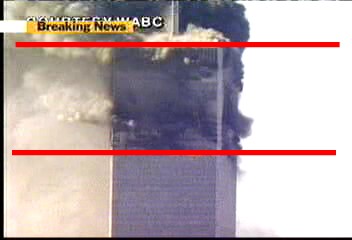James C wrote:
Have you bothered to read the article I gave you? Obviously not since you continue to spout complete rubbish.
Yes I did
Of course driver behaviour is relevant but so is the road type, tyre type, the speed, the object the car hit, the direction of travel, the weather, and so on and so on.
Have you bothered to read what I wrote? I didn't say driver behaviour, I said the way people behave, as in the way their face hits the dashboard.
Of course you don't design a car by crash testing it. I never once designed a building (using AutoCAD) when I was working as an architect by watching it be built then letting it be destroyed. Again you talk nonsense because frankly you don't actually know what you're on about. How the hell can a computer simulate what happens to a car in a crash situation if there is no data to tell the computer what to think? Go read that article again.
You're funny. You need to tell a computer what to think. I can see you don't understand how computer modelling and simulation works.
This is how it works.
Say I am modelling a beam under a compressive load. I would tell the computer the dimensions of the beam, and the properties of the material the beam is made from. I would tell it the magnitude of the load, and its location. I would then create a mesh for this beam. This mesh tells the computer where it should carry out calculations. I could make a mesh that divides the beam into 4 sections. This would mean the calculations would be quick, but not very accurate. I would increase the number of elements in the mesh, so that the computer carries out more calculations, and therefore takes longer, but also gives more accurate results.
When we carry this out on a car, we use more complex elements than simple rectangular beams, and also more complex meshes. This means that computing time is incredibly high, so it is usual practice to model only half the car, along its line of symmetry.
At no point do we tell the computer what to think. The software knows how materials behave from their mechanical properties. That is how we can use the same software to model cars, buildings, aircraft etc.
Why the hell do you think the transport industry bothers to do crash tests at all if a computer can do the job so well? Go think about that one before making anymore stupid remarks!
Because people obviously don't understand. How do you think they designed the A380 airbus? What convinced them that it would fly? How did they design the Eurofighter and other inherently unstable aircraft and have the confidence that they would fly? The windtunnel models only tell them so much, and the majority of wind tunnel testing is carried out on computer simulation.
Why do I bother discussing matters with you and the fluffy owl when the pair of you talk utter nonsense.
If you don't understand what you are reading, then it can appear to be nonsense.









